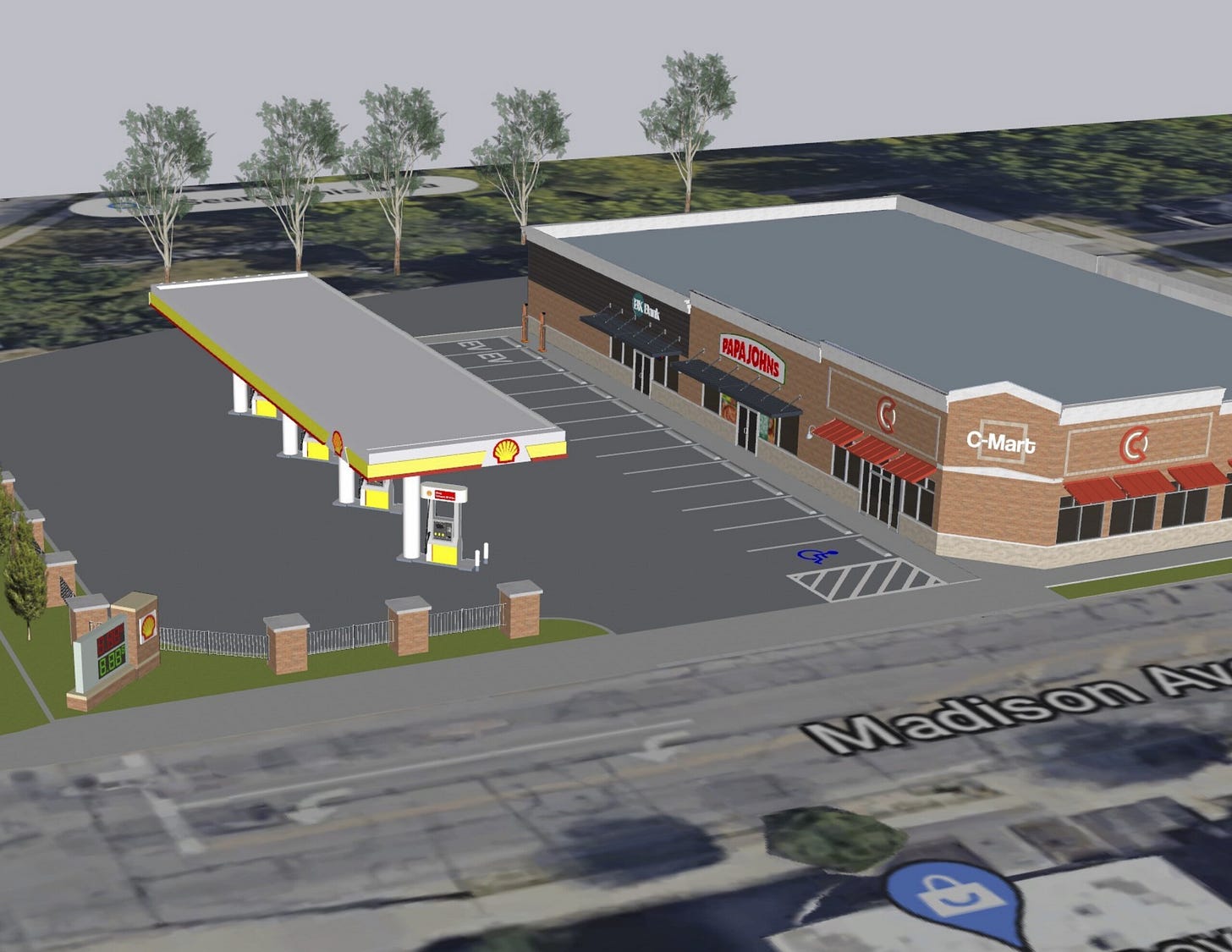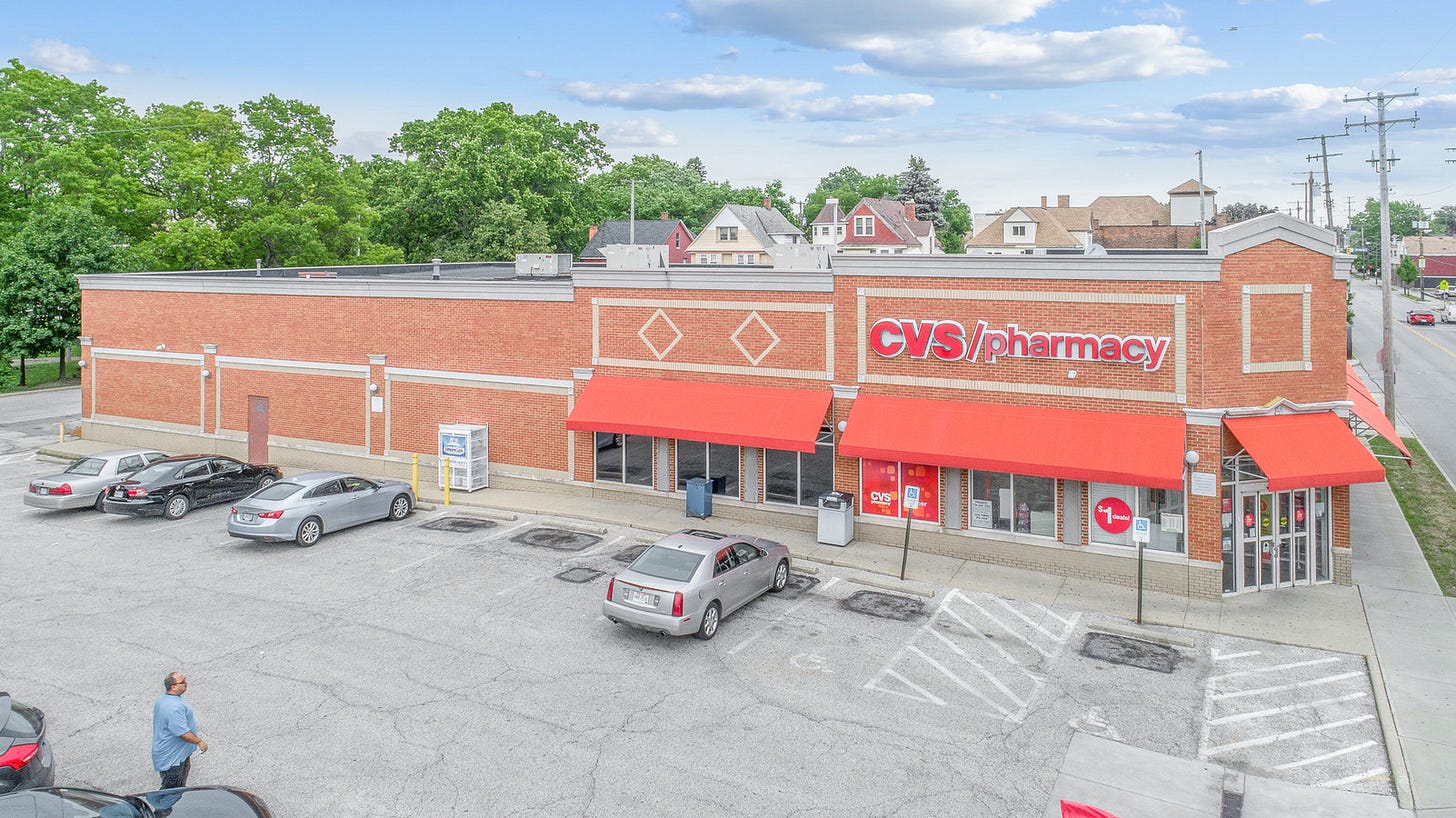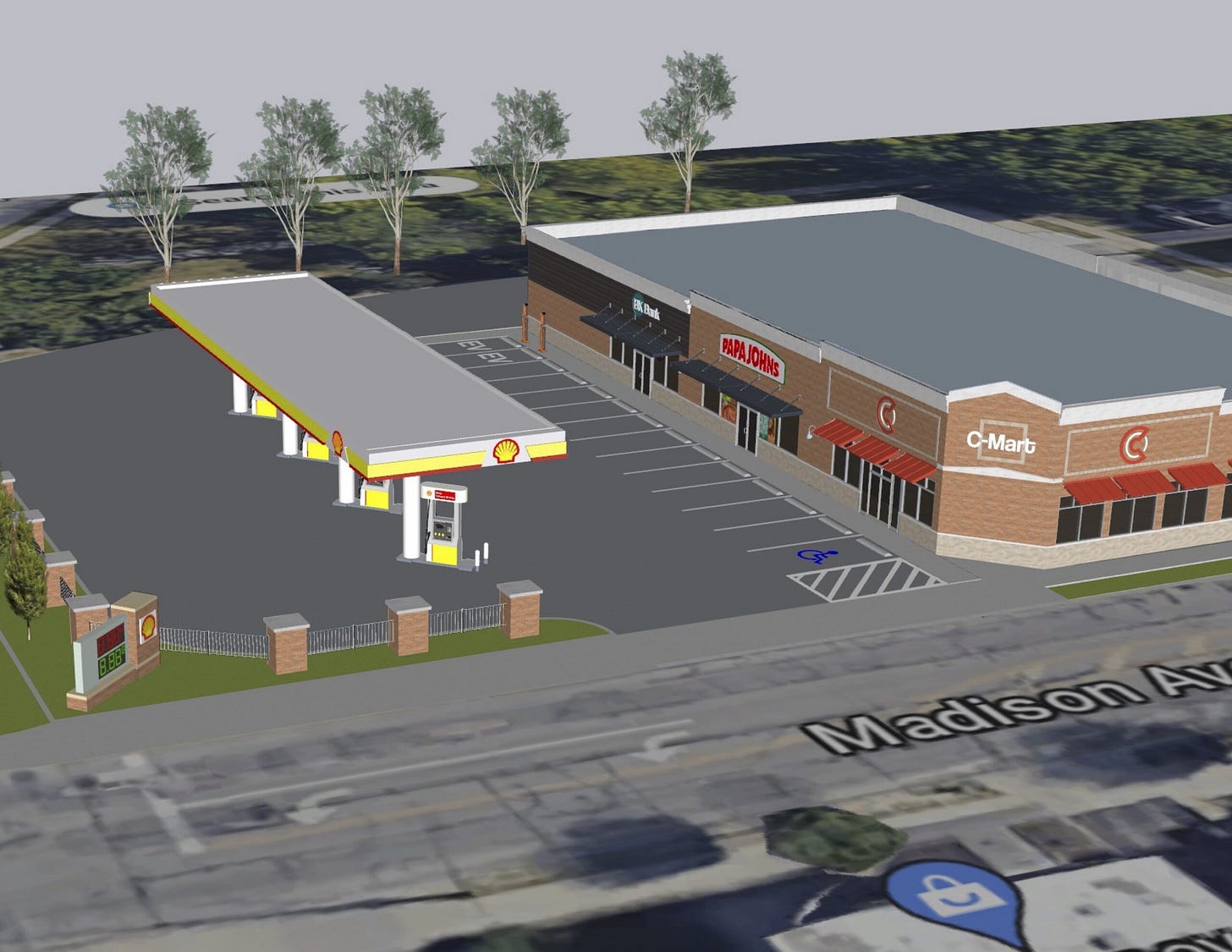Why Former Rite Aid, CVS and Walgreens Drugstores May Find New Life As Convenience Stores and Gas Stations
Former drugstore real estate may offer unique adaptive reuse and repurpose options for growing c-store chains
There are over 152,000 convenience stores (c-stores) in the United States, an increase of 1.5% from the 2023 store count.
But many c-store operators would like to expand faster.
If they can find the sites.
New unit development is hard, costly and time consuming — sites must be found, approvals obtained, construction financed and stores built.
Another issue with relying on new unit development for growth?
Many of the best c-store locations may already be taken.
But even if the best “conventional” c-store sites are no longer available, adaptive reuse may provide attractive options.
Especially in recently vacated drugstore real estate.
Over 1,000 drugstores have closed in the past 12 months due to the Rite Aid bankruptcy and efforts by CVS and Walgreens to trim store counts.
Now a potential second Rite Aid bankruptcy looms, putting another ~1,200 drugstores at risk of closing.
So could these former drugstores be candidates for adaptive reuse into c-stores and gas stations?
There are elements of drugstore real estate that appeal to c-store operators.
Many drugstores are located on high traffic, 1-2 acre parcels — generally on premier “hard corners” or signalized intersections with high traffic flow and good access.
They are typically set close to the street and feature prominent signage, a dedicated parking field and even a drive thru.
Plus drugstores may represent some of the very few infill development opportunities in hard-to-enter markets.
Some c-store chains have already pursued the repurpose of drugstore real estate.
Now & Forever, a regional chain of c-stores, converted a former Houston-area Walgreens into a gas station and convenience store.
Now & Forever added a fuel canopy and 16 fuel pumps on the former Walgreens parking lot.
It also converted the ~14,000 square former Walgreens building into a Now & Forever “Plus” store as the “Plus” moniker reflects the larger size relative to its other c-stores.
And an entrepreneur in Cleveland is attempting to rezone a vacant CVS in Cleveland for adaptive reuse as a c-store and gas station.
The plan is to repurpose the ~13,000 square foot former drugstore as a pizza restaurant, bank branch and c-store — and add gas pumps and electric vehicle chargers in the parking lot.
The property, however, is part of a pedestrian retail overlay district in Cleveland that promotes walkable districts— and expressly prohibits gas stations.
Efforts to obtain a rezoning were rejected by the city’s Board of Zoning Appeals.
But the adaptive reuse plans are not dead yet.
Just last week a City Council committee in Cleveland’s Ward 11 voted to override the zoning board and approve the c-store and gas station use at the site.
Ward 11 Council Member Danny Kelly, who supports the change, is frustrated with all the vacant drugstores in his district.
“I want this building occupied. I have three vacant drug stores in my ward. I’m trying very hard to get them not vacant. It is not easy.”
Other c-store chains are evaluating former drugstores for the underlying dirt rather than to repurpose the existing buildings.
Last year city officials in Wilmington, North Carolina approved a rezoning and site plan to convert a vacant former drugstore site into a Circle K c-store.
Circle K does not plan to reuse the 11,000 square foot former drugstore building.
Instead, it will spend ~$5.8 MM to construct a ~5,200 square foot store, 14 fuel pumps and green space with bicycle parking and public benches on the ~1 acre site.
These drugstore-to-c-store adaptive reuse and repurpose examples are likely just the beginning of many future building and site transformations.
Particularly given the significant amount of drugstore real estate that is already vacant and available — or set to hit the market soon.








